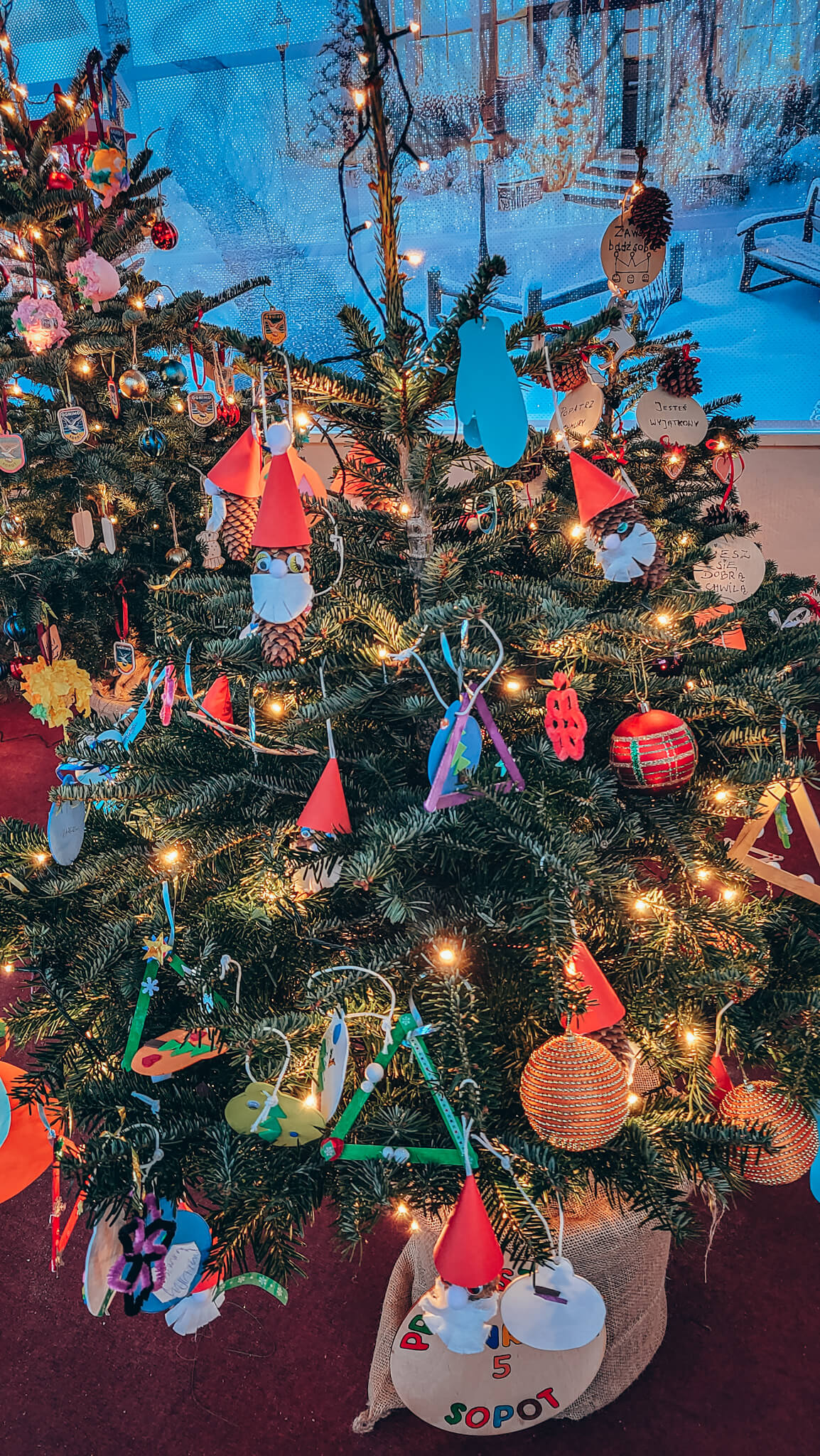Christmas Traditions and Celebration in Poland
Christmas might be a good time for you to visit Poland. It’s also an important time here with many interesting traditions.
They may vary, depending on the region and on private preferences. Part of them is linked to the religion (the major religion in Poland is Catholic); however, not only. There are people who follow them even if they are not religious and people who totally don’t follow.
Anyway, there are a few traditions that are quite widely spread, so it’s good to know about them if you are visiting the country around December.
I’m writing this post based on my personal knowledge and experience. I come from Bydgoszcz, a city in the northwest part of Poland, between Gdańsk and Poznań, so it will be mostly based on the experience from this region. However I will also add information from other regions to have a full picture.
When the Christmas time starts
Nowadays, companies and shops try to convince us that Christmas time starts as early as possible, even in summer. Obviously it’s the same in Poland. However, I think most people (and traditions) enter into Christmas mode later on, in the second half of November or at the start of December.
In Poland, November 1st is the so-called ‘All Saints Day’, the day when people reminisce about loved ones who died. It’s a public day off, and cemeteries are full on that day. By then, shops are more about candles and other graves decorations.
November 11th is another public holiday, Independence Day.
So it’s safe to say that any Christmas-related things would start only after these days. Most traditionally, it starts on the first of December.
Christmas Markets
The Christmas market tradition doesn’t originate from Poland, but we have them, as does the whole of Europe. And actually Polish Christmas markets are really nice and big; a few are well-known as some of the best in Europe.
Part of Christmas markets start around the 20th of November.
Here you can read more about the best Christmas markets in Poland.
Advent Time
December 1st is also the start of the Advent time, which may be important because of religion.
30th November, or rather the night before, on the 29th is called ‘Andrzejki’, the name’s day of Andrzej (Andrew), and traditionally it’s the last day to have some party before Advent time (which, from a religion point of view, should be rather calm). It’s obviously very personal and many people don’t follow it, so even in December you will find many parties and fun activities, if you wish.
Andrzejki is also the night of St Andrew’s fortune-telling, which now is rather done just for fun (if at all).
When it comes to Advent, you may sometimes find Advent wreaths with candles switched on week by week or Advent calendars, but both of these traditions are not only Polish.
Santa Claus Day, presents, decorations
December 6th is Santa Claus Day, so-called Mikołajki. It’s the day when Santa Claus brings small presents, for example, sweets.
In many regions presents are left in shoes, so you need to clean them on the day before. In some places it can also be under the pillow.
There are also quite many attractions for children organised on that day, public events or in schools and kindergartens. In some cities it’s the day when the city Christmas tree or lights are switched on (by Santa Claus, of course).
There are also presents on Christmas, usually on the 24th, sometimes on the 25th, they are put under the Christmas tree. They are usually brought by Santa Claus, although in Polish we call him differently depending on the region. It can be Święty Mikołaj or Gwiazdor (especially in western regions, as the name comes from the German language). Sometimes presents are brought also by the Angel, especially in the south of the country.
Christmas trees are decorated in most of the homes, sometimes ‘artificial’plastic and sometimes living plants, it depends. My parents, for example, buy a living Christmas tree in a bigger pot with roots, and then they plant it in the garden.
Many people also put up different lights and decorations.
We also have Christmas carols, those international ones like Silent Night, but also those traditional Polish ones.

Christmas Eve
The most important day for many people is the 24th, Christmas Eve, called ‘Wigilia’. It’s when many people eat a solemn, festive supper with family (often ‘bigger’ family and not only household).
Traditionally you can start eating it when the first star appears. Dinner is often started with sharing special Christmas wafer and exchanging wishes at the same time.
In many cases the tablecloth would be white with a piece of hay under it.
Again – it’s not what ‘everyone’ does, but you may meet and hear about it quite often.
Food
Traditionally, during the Christmas Eve meal, there ‘should’ be 12 dishes at the table, and they don’t include meat but a lot of fish, cabbage, and mushrooms.
There is soup; again it depends on the region. Most often it’s barszcz (beetroot soup) with pastry or small dumplings in tortellini style (called ‘uszka’- the name comes from the ear) with mushrooms. Sometimes people also eat mushroom soup.
Then different styles of fish. Quite often it’s carp, a tradition that was born earlier but grew during communistic times. I think now many people change this type of fish, as it has quite a specific taste, and not everyone likes it (I don’t).
It can be fried warm fish, but also other types like cold herring with oil or different spices.
The other popular dishes are pierogi (dumplings) with cabbage and mushrooms, cooked sour cabbage and vegetable salad.
Quite popular are also dishes with poppy seeds and drink made based on dry fruits.
When it comes to sweets, it’s gingerbread, gingerbread cookies, poppy seed cakes or cheesecake.
The dinner usually lasts long, and some of the people go to a special Christmas mass called ‘pasterka’ at midnight.
Christmas Days
Both Christmas days are off, with all the shops closed. Most of the restaurants are closed then as well. It’s rather family meeting time, especially on the 25th. Again with a lot of food, but then many more meat dishes are added, too. Types depend on family or personal traditions and preferences.
December 26th is usually getting a little bit more ‘relaxed’ with more restaurants open and meetings with friends.
It’s worth mentioning that in many shops, bakeries, restaurants, etc. you can order these most typical Christmas dishes earlier, so you don’t need to, for example, make dumplings yourself.
You can also order more modern versions, vegan, etc.
After Christmas people come back to work, although as everywhere else, the country slows down and many people are off.
New Year’s Eve is rather celebrated, and most often it’s celebrated at home with family or at home parties. It’s the day when you can legally use fireworks, so many private people do, and at night it’s just one big chaos (to be totally honest, I personally don’t like it very much and think it should be forbidden to private people; it’s just not safe).
Anyway, if you like fireworks, you will see many on that night.
January 1st is, of course, public holiday, and the country slowly wakes up until January 6th, which is another public (religious) holiday.
In January, there is carnival time with private parties or balls, but in Poland, there are no parades, etc. like you can find on streets in Italy, Spain or Croatia.
Here we can say that Christmas celebrations are over.
As said before, Christmas markets are maybe not the most typical Polish tradition, but this tradition is adopted and integrated very well.
So well, in fact, that last year the Best Christmas Market in Europe title was given to Gdańsk.
Other cities have great markets too; check out this hidden gem market.
